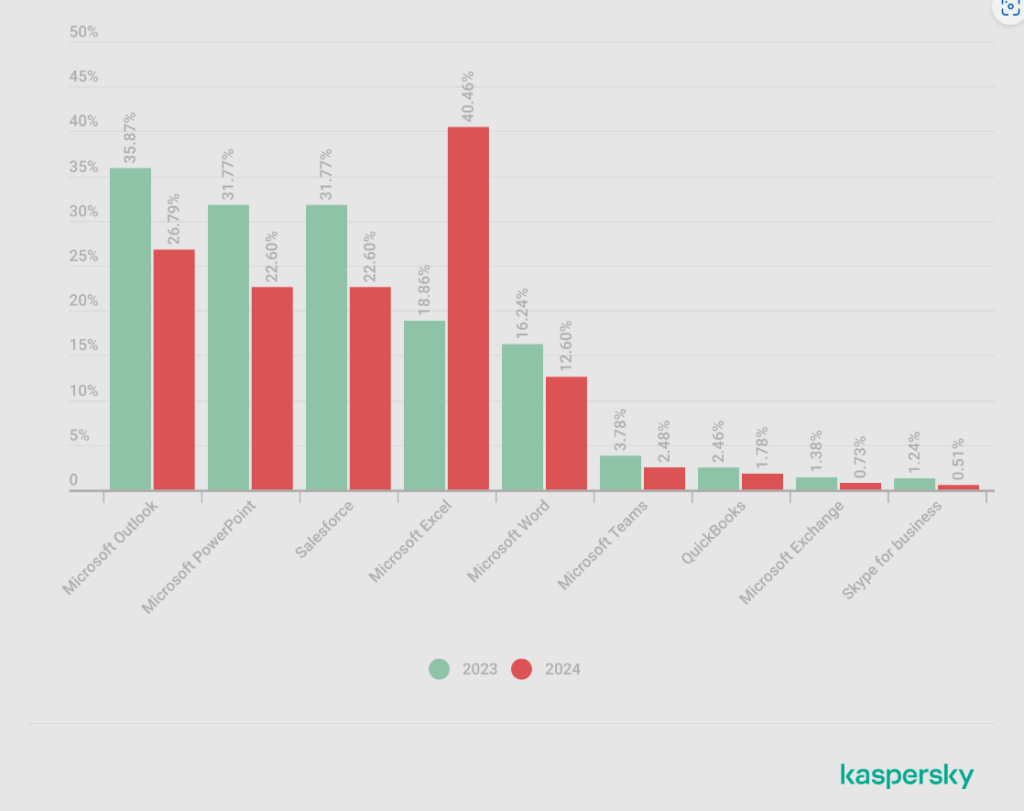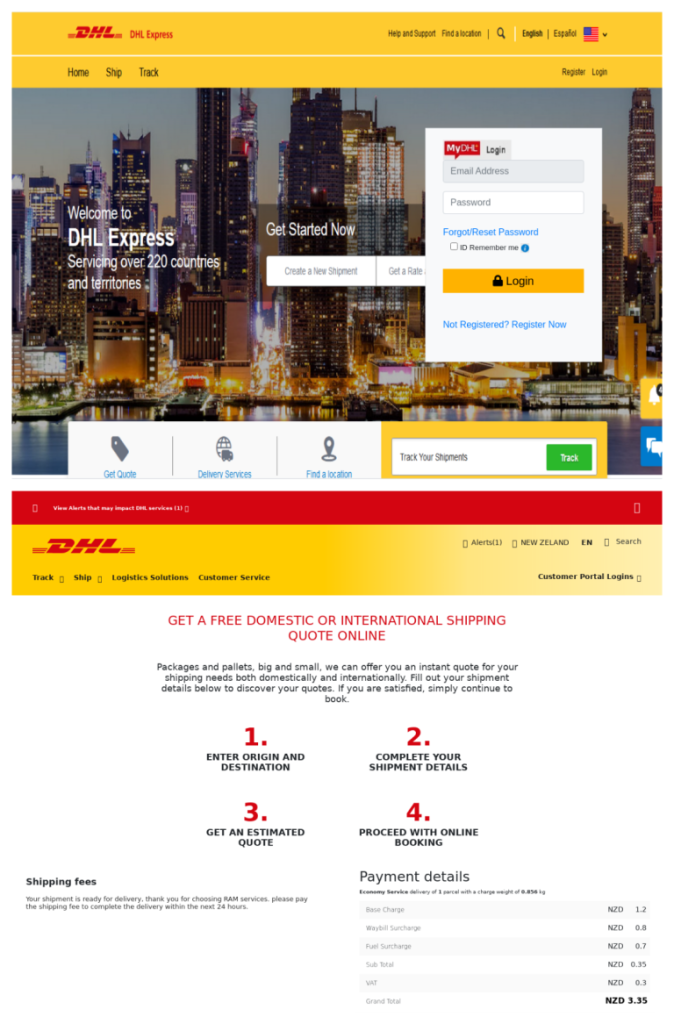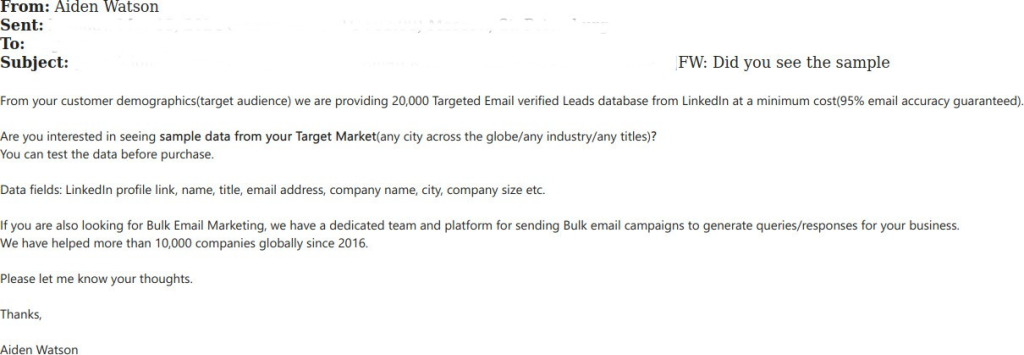As small and medium-sized businesses (SMBs) increasingly adopt digital technologies to enable remote work, production, and sales, they are becoming more frequent targets for cybercriminals. Unfortunately, many SMBs lack the strong cybersecurity measures necessary to protect their operations, making them vulnerable to significant threats.
Challenges in Cybersecurity for SMBs
One of the biggest challenges facing SMBs is the limited resources and lack of expertise to implement effective cybersecurity measures. The financial impact of a cyberattack can be devastating, making preventive measures not just important but essential. Around 50% of SMBs in Bosnia are likely to experience a cyberattack annually. Addressing this issue requires more than just technological solutions; it also requires developing a culture of security awareness within the organization.
The Growing Threat of Cyber Attacks
Kaspersky’s 2024 threat analysis highlights the growing threat of cyber attacks on the SMB sector, including real-world examples of these attacks. Kaspersky analysts used data from the Kaspersky Security Network (KSN) to assess the prevalence of malicious files and unwanted software targeting applications commonly used by SMBs. This research included programs like Microsoft Excel, Microsoft Outlook, Salesforce, QuickBooks, and others.

The analysis found that from January 1 to April 30, 2024, there was a significant increase in the number of unique files and users targeted through these applications. Specifically, 2,402 users encountered malware or unwanted software posing as legitimate SMB software, an 8% increase compared to 2023.

Top Cyber Threats Facing SMBs
The overall number of infections in the SMB sector rose by over 5% in early 2024 compared to the same period in 2023. Trojans remain the most common threat, as they can easily disguise themselves as legitimate software, making them difficult to detect. The most significant year-on-year increase was observed in DangerousObject attacks, which are classified as previously undetected malicious software by Kaspersky Cloud Technologies. This category underscores the evolving and complex nature of cyber threats facing SMBs today.

The Persistent Danger of Phishing
Phishing continues to be a significant vulnerability for SMBs, often exploiting human error and lack of cybersecurity awareness. These attacks can come through various channels, such as spoofed emails or social media, tricking users into revealing sensitive information like login details. Phishing websites often imitate popular services or corporate portals, leading users to inadvertently disclose their login credentials.

Email and Social Media as Attack Vectors
Email remains a primary channel for phishing attacks. Cybercriminals often pose as legitimate entities to deceive targets into sharing sensitive information. Similarly, social media accounts of businesses can be hacked or spoofed, leading to the spread of harmful content and phishing schemes. These actions not only damage a business’s reputation but can also lead to significant financial losses and legal complications.

Combatting Cyber Threats: Best Practices for SMBs
To mitigate these risks, SMBs must invest in comprehensive cybersecurity solutions and develop a culture of vigilance. This includes educating employees about cyber threats and implementing robust security measures, such as spam filters, email authentication protocols, and strict verification procedures for sharing sensitive information.

Developing a Cyber Protection Action Plan
SMBs should establish strict policies governing access to corporate resources and regularly update access permissions. It’s also crucial to back up essential data regularly and provide clear guidelines for using external services. A comprehensive training program is essential to equip employees with the knowledge and skills necessary to recognize and respond to cyber threats. Finally, deploying specialized cybersecurity solutions can provide the necessary visibility and protection over cloud services.
By following these steps, SMBs can improve their cybersecurity profile and better protect their operations from the growing array of cyber threats.

